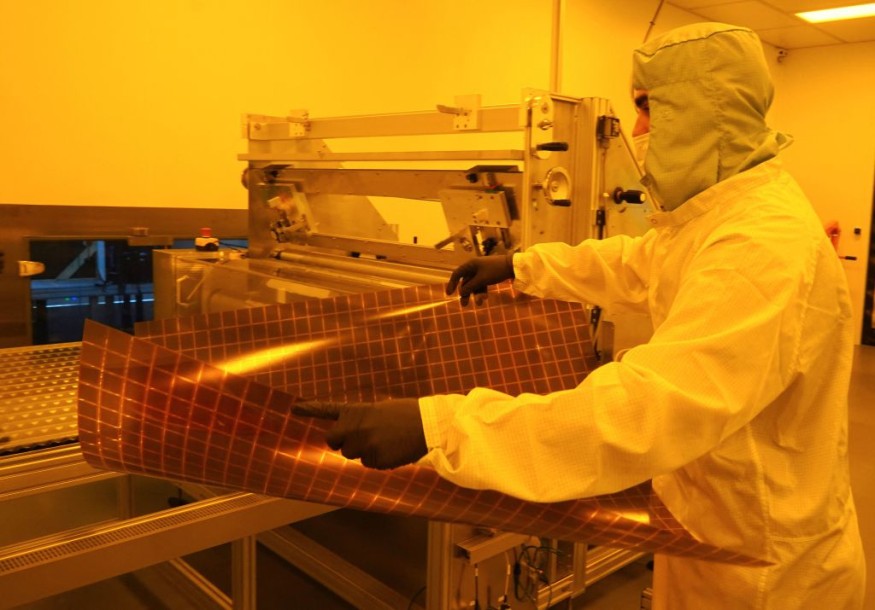Self-healing robots were famous concepts in science fiction that can be seen in movies, such as Terminator and Spiderman. However, the wear and tear of electronic devices reduce their effectiveness in reality and only gain it back when they are replaced. If it could be done in the real world, it would be helpful in a lot of technologies.
But what used to be a science fiction concept could soon become a reality as the field of self-repairing materials is rapidly growing. Phys.org reported that scientists from the Israel Institute of Technology have reported developing eco-friendly nanocrystal semiconductors that can heal themselves.

Self-Healing Materials on the Rise
People are fascinated with self-healing materials and the promise of having self-repair technologies. According to Forbes, self-healing usually means something biological, as seen in organisms' ability to repair wounds. That is what scientists want to apply in technologies, like smartphones, solar cels, and many others.
Some recent discoveries on self-repair materials use live microorganisms, like the concrete that heals itself using microbes to produce calcite. Meanwhile, some scientists also explored using polymers found in plant cellulose, polystyrene, nylon, and PVC.
Technologies made of self-repair materials are beneficial in mending damaged or fractured surfaces, especially those hard to reach. However, polymers can only be used in specific conditions to control their healing. Since scientists are looking for ways to use the capabilities of a self-healing material, Israeli scientists seemed to be successful using perovskites.
Self-Healing Double Perovskites
The team of scientists published the findings of their study, titled "Self-Healing of Crystal Voids in Double Perovskite Nanocrystals Is Related to Surface Passivation," in the journal Advanced Functional Materials. They reported that the group of materials called double perovskites had demonstrated self-healing capabilities after the radiation from an electron beam damaged it.
The perovskite was first discovered in 1839 and has recently gained more attention due to its various uses. According to the University of Washington's Clean Energy Institute, it is a material that has the same crystal structure as calcium titanium oxide. Scientists have designed perovskite to have different physical, optical, and electrical characteristics in many technologies, such as ultrasound machines, memory chips, solar cells, and now self-healing materials.
According to Phys.org, Professor Yehonadav Bekenstein's research group from the Faculty of Material Sciences and Engineering and the Solid-State Institute were looking for eco-friendly alternatives to lead-free perovskites when they developed the double perovskites. They synthesized nanocrystals of new materials by controlling their shape, size, and composition to change their physical properties.
The size of nanocrystals enables their properties to become more pronounced and allows scientists to apply approaches that are otherwise impossible on larger crystals. Due to this, they discovered self-repair in lead-free perovskites.
Scientists heated the material to 212°F (100°C) for a few minutes before being examined under a transmission electron microscope. Researchers found that the microscope's high voltage beam created faults and holes in the nanocrystals. But looking closer, they found that the material surrounding the holes and faults were moving and transforming within it.
The team hypothesized that the inward movements were caused by organic materials coating the surfaces of nanocrystals. When removed, it revealed that the surface returned to its original pristine structure. In other words, the crystal repaired itself.
RELATED ARTICLE : Scientists Created Self-Healing 3D-Printed Plastic That Repairs Itself Under LED Lighting
Check out more news and information on Materials Science in Science Times.
© 2026 ScienceTimes.com All rights reserved. Do not reproduce without permission. The window to the world of Science Times.











